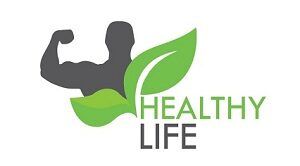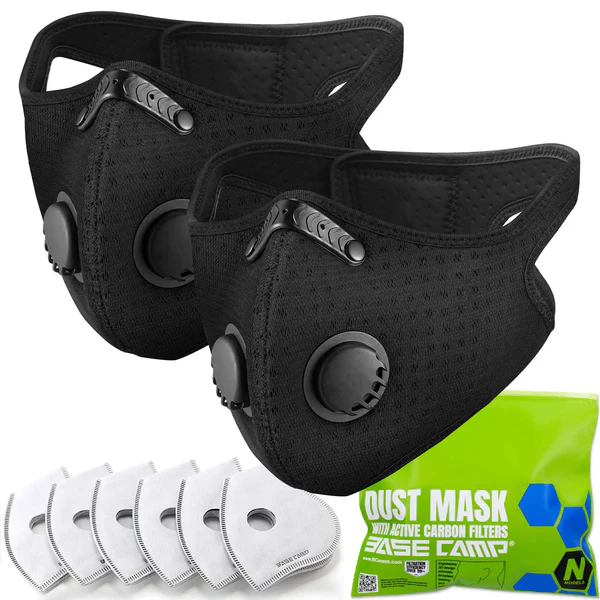Say Goodbye to Seasonal Sneezing
For many, spring’s bloom brings not only sunshine and flowers—but also relentless sneezing, itchy eyes, and fatigue. If you’re one of the millions who suffer from hay fever, also known as allergic rhinitis, you’re no stranger to the discomfort pollen can bring. The good news? There’s a simple and highly effective way to protect yourself: a dust mask.
What is Hay Fever?
Hay fever, or seasonal allergic rhinitis, is an allergic reaction to airborne pollen released by trees, grasses, and weeds. When this pollen enters your nose, mouth, or eyes, your immune system sees it as a threat and overreacts, causing symptoms like:
- Sneezing
- Runny or congested nose
- Itchy, watery eyes
- Fatigue
- Brain fog and irritability
While medications can help manage symptoms, many people are turning to a more proactive solution: wearing a dust mask to reduce exposure before symptoms start.
How a Dust Mask Helps with Hay Fever
Wearing a dust mask might seem like a small step, but it can significantly reduce your exposure to allergens and help prevent symptoms altogether. Here’s how:
1. Physical Barrier
Dust masks act as your first line of defense, blocking pollen from entering your airways. By minimizing direct contact with allergens, you reduce the risk of triggering a reaction.
2. Comfortable Fit for Daily Use
Modern dust masks are designed with comfort in mind. Features like adjustable straps, breathable materials, and soft mesh designs make them ideal for extended wear. Many include nose clips for a secure fit, which also helps keep safety glasses from fogging up—making them great for both protection and practicality.
3. Enhanced Filtration for Allergy Relief
High-quality dust filtration masks, such as NIOSH-approved disposable masks, feature advanced layers that filter out fine particles—including not only pollen but also mold, dust, and even harmful substances like asbestos. These versatile masks offer protection in various settings, from gardening to woodworking.
Choosing the Right Dust Mask
When selecting a dust mask to manage hay fever, consider these features:
- Pollen Filtration: Ensure the mask specifically mentions protection against pollen and airborne allergens.
- NIOSH or CE Certification: Certified masks offer proven effectiveness against small particles.
- Purpose-Built Options: If you’re a hobbyist or professional, a woodworking face mask can double as allergy protection while guarding against sawdust and debris.
No matter the type, a proper fit is key—without it, even the best mask can lose its effectiveness.
Additional Tips to Beat Hay Fever
Wearing a dust mask is just one part of the solution. Here are other ways to stay ahead of allergy season:
- Monitor Pollen Counts: Stay indoors on warm, windy days when pollen levels are at their highest.
- Use HEPA Filters: Air purifiers with HEPA filters can trap allergens inside your home, improving indoor air quality.
- Shower After Being Outdoors: Pollen sticks to your skin and hair, so a quick shower can help reduce exposure.
- Speak to Your Doctor: If symptoms persist, consult a healthcare provider for tailored treatments or medication recommendations.
Conclusion
Hay fever doesn’t have to control your life. By incorporating a dust mask into your daily routine during pollen-heavy months, you can greatly reduce your symptoms and reclaim your comfort. Whether you’re enjoying a walk in the park or working in the yard, the right mask offers peace of mind and a breath of fresh, allergen-free air.
So, take charge this allergy season. Invest in a quality dust mask, stay informed, and combine preventive tools with healthy habits. You’ll be surprised by how much better you can feel with just a few small changes.
Breathe easier. Live better. Say goodbye to hay fever—one breath at a time.

